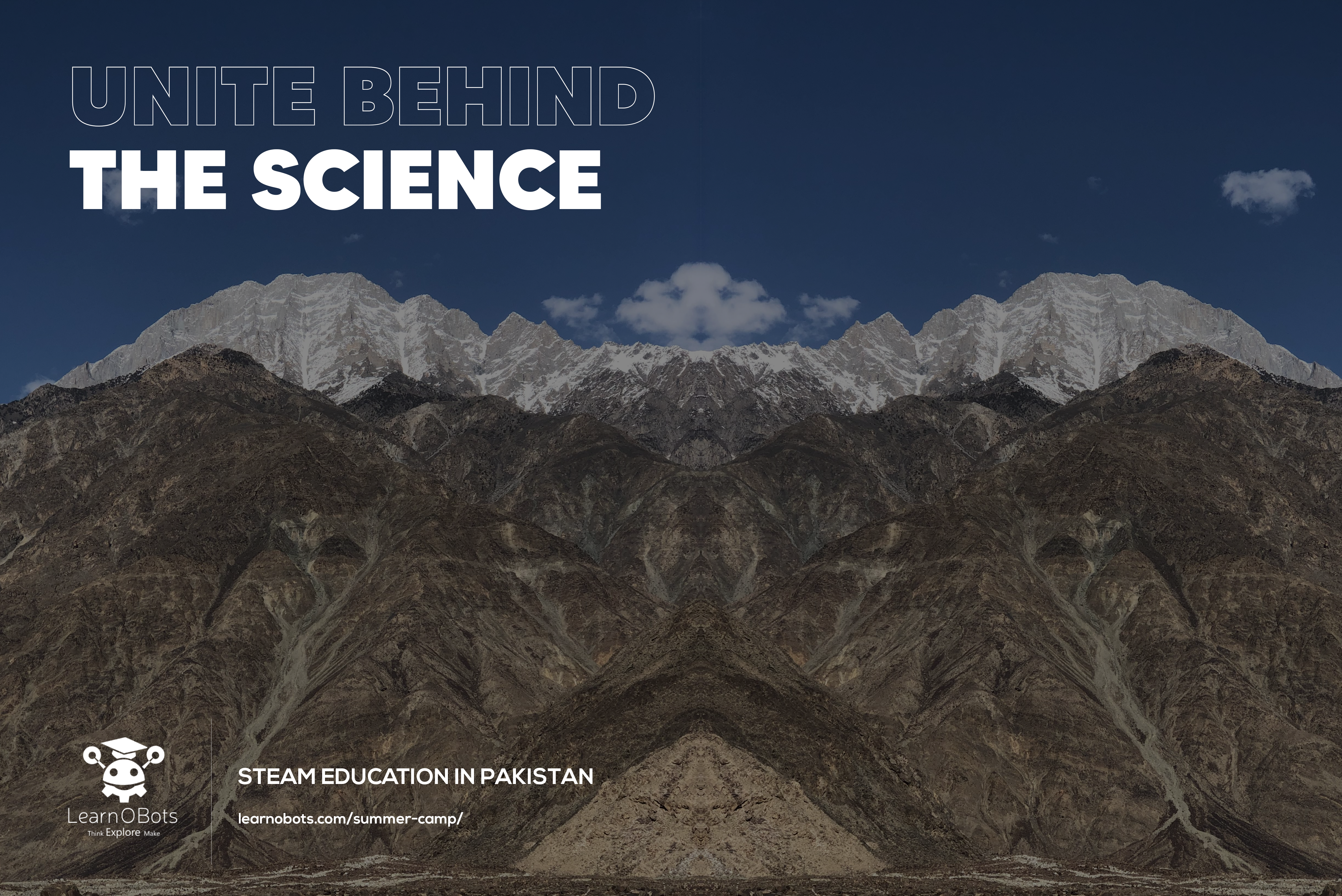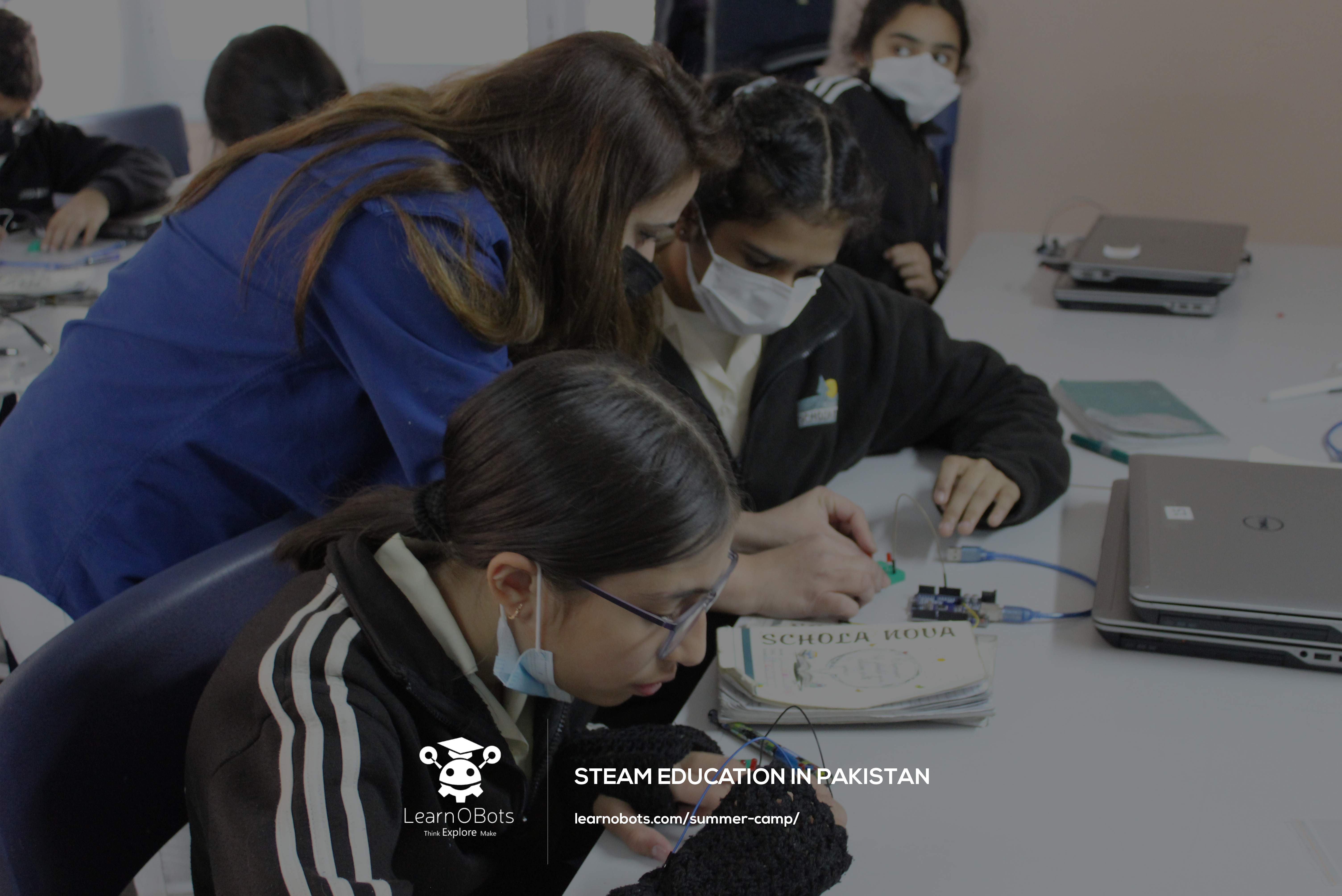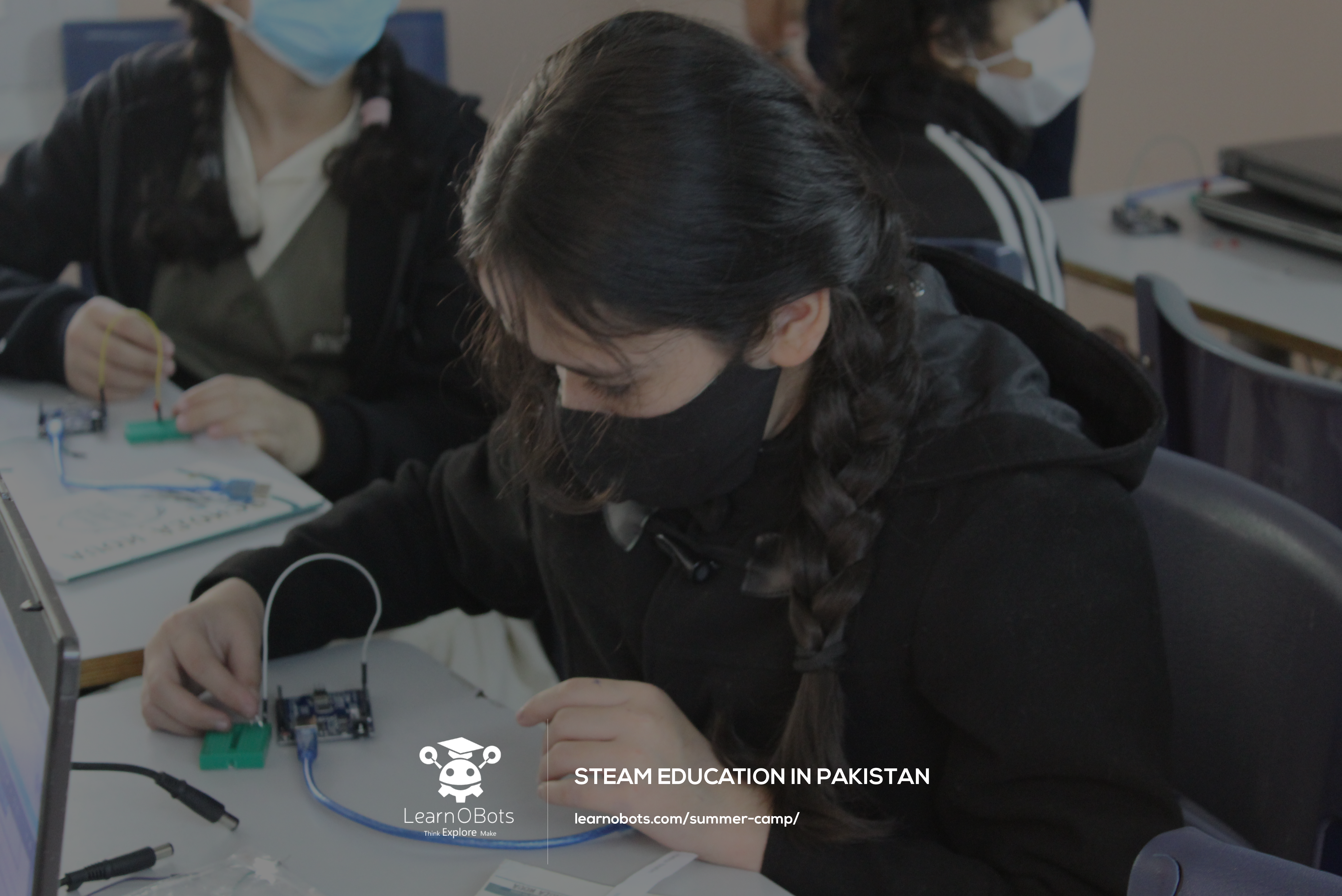STEM Can Combat Climate Change. Here’s How.
What is climate change?
Climate change as defined by the UN, refers to long-term changes in climate and weather patterns. Throughout its four-billion year-long history, the Earth’s climate has changed drastically from time to time. From freezing ice ages to periods of burning desolation, the Earth has seen it all. Solar flares or volcanic eruptions usually caused these shifts. For the most part, the Earth’s climate has remained relatively constant since the end of the last Ice Age. That is until now.
Causes and effects of climate change
Average global temperatures are 1°C(1.8°F) hotter than they were during the Eighteenth Century, and the effects of this ostensibly minute change, known as global warming, are already evident. The April of 2022 was one of the hottest in Pakistan’s history, which resulted in multiple heat-stroke related deaths. Global warming also causes sea levels to rise, which puts coastal communities like Karachi at the risk of being completely flooded. Moreover, a rise in sea temperatures has also been linked to a rise in typhoons and hurricanes. Heatwaves aren’t the only consequence of climate change. North America was ravaged by a freak blizzard last year, and scores lost their lives to the cold.
Climate change has disastrous effects on nature as well. Sudden shifts in temperature disrupt migration patterns. In 2020, three billion animals lost their lives to Australian bushfires that were caused by extreme heat and drought. Moreover, ocean acidification due to climate change has also adversely impacted the growth of coral reefs, which are a major part of marine ecosystems.
However, human activities are causing these changes. Not nature. Since the Industrial Revolution, activities like burning fossil fuels have pumped billions of tonnes of greenhouse gases like carbon dioxide and methane into the atmosphere, which trap heat from the sun. A research paper found that 71% of these emissions come from just 100 corporations, which include companies like ExxonMobil and Coca-Cola. Mass deforestation has only exacerbated this issue, as trees are responsible for reducing the amount of carbon in the environment.
What is STEM and why is it important? What role does LearnOBots play?
The acronym of STEM stands for Science, Technology, Engineering and Mathematics, and it refers to the study and education of these subjects and related fields. LearnOBots is a startup based in Islamabad. Our goal is to equip children with the STEM-based skills required to navigate the future. We provide training to teachers and hands-on experience directly to children via our DIY robotics kits and summer camps.
Climate change is perhaps the greatest challenge human beings have ever faced. In order to overcome it we require a generation of scientists, inventors and creative thinkers. And for that we need STEM. Children who learn about sustainable development and green technology from an early age will eventually grow up to implement them.
Sustainable Development and Green Tech
In 2015, the United Nations introduced 17 Sustainable Development Goals, the combined aim of which is to make the world a better place for everyone and to secure a happy and face future. Some of the aims include eliminating poverty, and world hunger, increasing global literacy and taking action against climate change. In the 7 years since, we have not achieved any of these goals. However, it is possible to design a sustainable future with an entire generation of STEM students.
To tackle climate change specifically, we need to move on from our reliance on fossil fuels. We ought to embrace green technology and eco-friendly, renewable and sustainable energy. Renewable energy comes from naturally replenishable resources like bio-mass, while sustainable energy does not deplete at all, and includes nuclear, solar, wind, hydro and geothermal power.
Advantages and disadvantages of sustainable energy
Like all things, there are pros and cons to sustainable energy. We have have to abandon and replace existing energy systems. This would undoubtedly be a very costly and time-consuming process. A disadvantage of solar and wind energy production is that it takes up a lot of space, and a malfunction at a nuclear facility could be cataclysmic, akin to the Chornobyl disaster of 1986. Nonetheless, the advantages of shifting over to renewable energy greatly outweigh the costs, as not doing so would cause climate disasters and trillions of dollars in damages.
Green technology, however, includes more than just green energy. We need climate aware architects to build eco-friendly buildings that require less energy and cause less pollution. We need city planners to integrate nature into our cities and design efficient public transit. Geneticists need to create crops that require less water, and engineers need to create viable alternatives to plastic. And for all of that, we first need to make sure that all children have access to STEM education regardless of gender, nationality, class or creed
Conclusion
Over the next few decades, developing countries like Pakistan will be disproportionately affected by climate change. The poor do not have the resources needed to survive potential flooding or droughts, and climate change will only amplify their troubles. If action against climate change is not taken right now, the earth will be on its way to irreversible change. Despite this, most countries ignore warnings from scientists and continue to invest in fossil fuels. We need climate aware leaders to fight against global warming.




